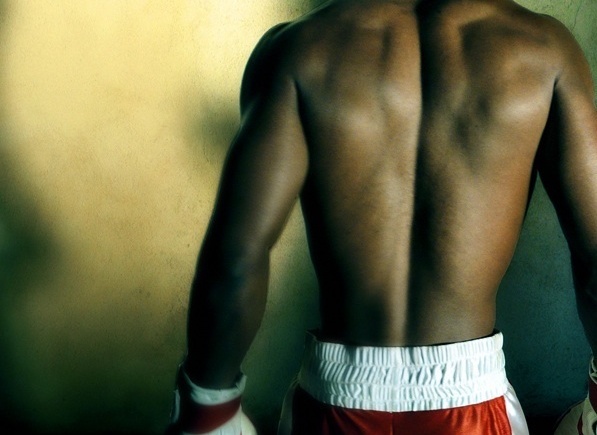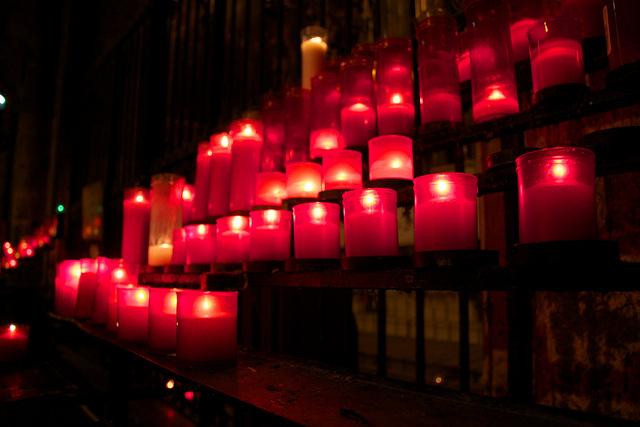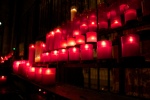Beginning Worship Songs for Beginning Musicians
I had suggested limiting the repertoire of a rookie worship team. Keep it to the songs they play well even if that means you’ll be playing the same songs every week. With their confidence high, then you can slowly introduce new songs to build up the list of songs.
But what makes a good song for a band of beginning to intermediate musicians? Here are factors you need to keep in mind when choosing songs for your rookie worship team.
Basic and Common Chords
Choose songs where the variety of chords is low. Avoid songs with diminished chords. Sometimes you can substitute something for a diminished chord, but sometimes the song will lose too much of it’s character. Guess you’ll have to play The City Harmonic’s “Manifesto” another time. A lot of great songs were written with just three or four chords. Pick one of those and leave some of Israel Houghton’s stuff alone for now.
Familiar Key Signatures
The first instrument I learned to play was piano (well, it was the recorder, but stay with me). And I loved to play in the flat key signatures, B♭, A♭, D♭, F. Even E♭. Ah, E♭. We had some good times. How easily my hands formed the chord shapes.
Then I started hanging out with Christians and I realized all the cool Christian guys played guitar (not piano) and they hated playing in the flats. Guitarists like the keys of G, E, A, and D.
Unfortunately for keyboard players, it’s easier for them to adapt to guitarists than the other way around. Here’s a chart that shows how many sharps or flats (black keys) the more popular key signatures have. Avoid too many sharps for the sake of keyboard players. Avoid the flats for the sake of the guitarists. Your French horn player will have just have to adjust.
| Sharp Keys |
No. of sharps |
Flat Keys |
No. of flats |
| G |
1 sharps |
F |
1 flat |
| D |
2 sharps |
B♭ |
2 flats |
| A |
3 sharps |
E♭ |
3 flats |
| E |
4 sharps |
A♭ |
4 flats |
| B |
5 sharps |
D♭ |
5 flats |
| F♯ |
6 sharps |
G♭ |
6 flats |
Your guitarists can always capo. And you can change the key of a song you’d like to do. Moving from E&9837; to E isn’t usually a big deal.
Are you bad at transposing? Try transposr.com from Planning Center. It’s free and it can also transpose your mp3s so your team can practice with a recording.
Simple Rhythms
It’s best if there aren’t a lot of fast chord changes. It’s no use using basic chords if you have to hit the G to an A to a D on every third 16th note at 155 beats per minute. If you’re lucky they’ll hit whichever chord is on the downbeat.
Attainable Melody
Or, what’s a tessitura?
This is mostly for your singers, and it’s more than just having a melody that doesn’t go too high. I meant attainable in the sense that it’s within the ability of your singers. I would have used the word tessitura instead, but who knows what that means?
Well, you will after a few paragraphs because the tessitura of a song is determined by all of the following. A song with a good tessitura for a singer is one that can be sung by the singer without too much effort.
Range
Of course, the range of the song is a factor to consider. How high and low does the song go? Shoot for a range of an octave to an octave and a half. “Here I Am to Worship” is a good example of a well-written song with a limited range.
Melodic Leaps
Another thing to look for are jumps in the melody. It’s easier to sing melodies where the next note isn’t far from the note you’re on. The more leaps of 4 steps or more in a melody the harder it is to sing.
Listen to the verses on “Forever Reign.” There’s one jump of 4 steps. But it’s mostly 1 step moves.
Now listen to the chorus of “One More Night” by Maroon 5. There are multiple 5 step jumps in a short amount of time. And then the melody does it again.
I’m not saying you have to choose songs whose melodies are only stepwise moves. Just know the more leaps there are, the more challenging it is to sing.
Average Pitch
This is what folks usually mean when they say tessitura. What I want to know is what pitches does most of the melody fall?
Maybe your female singer can hit an high E pretty easily, but it’s a lot of work if most of the melody is in her upper range. If she’s not experienced, she might start to get tired before the song is over. You’ll be able to tell because she’ll start to get pitchy.
A song with a high, moderately wide tessitura: “Cannons” by Phil Wickham
A song with a middling, fairly narrow tessitura: “Boyfriend” by Justin Bieber (Yeah, I went there)
A song with a low, narrow tessitura: “Numb” by U2 (Sung by The Edge. That’s a deep cut, baby.)
Choose Your Songs Wisely
An easy song for your rookie worship team to learn is one with common chords, simple rhythms, and an undemanding melody. And remember just because the song is easier to play and learn doesn’t mean it’s not a good song.
Keeping these things in mind will also help you to know how to challenge your team. If they have a good handle on their chord changes so you’ll do “In Tenderness” by Citizens that only has 4 chords more or less repeated, but it moves at a pretty fast clip.
What songs do you know that are simple but powerful?


![[INFOGRAPHIC] 3 Ways to Create Your Own (Scripture-based) Responsive Readings](https://worshipon.files.wordpress.com/2016/02/1.jpg?w=410&h=1024)
![[INFOGRAPHIC] 3 Ways to Create Your Own (Scripture-based) Responsive Readings](https://worshipon.files.wordpress.com/2016/02/2.jpg?w=410&h=1024)






